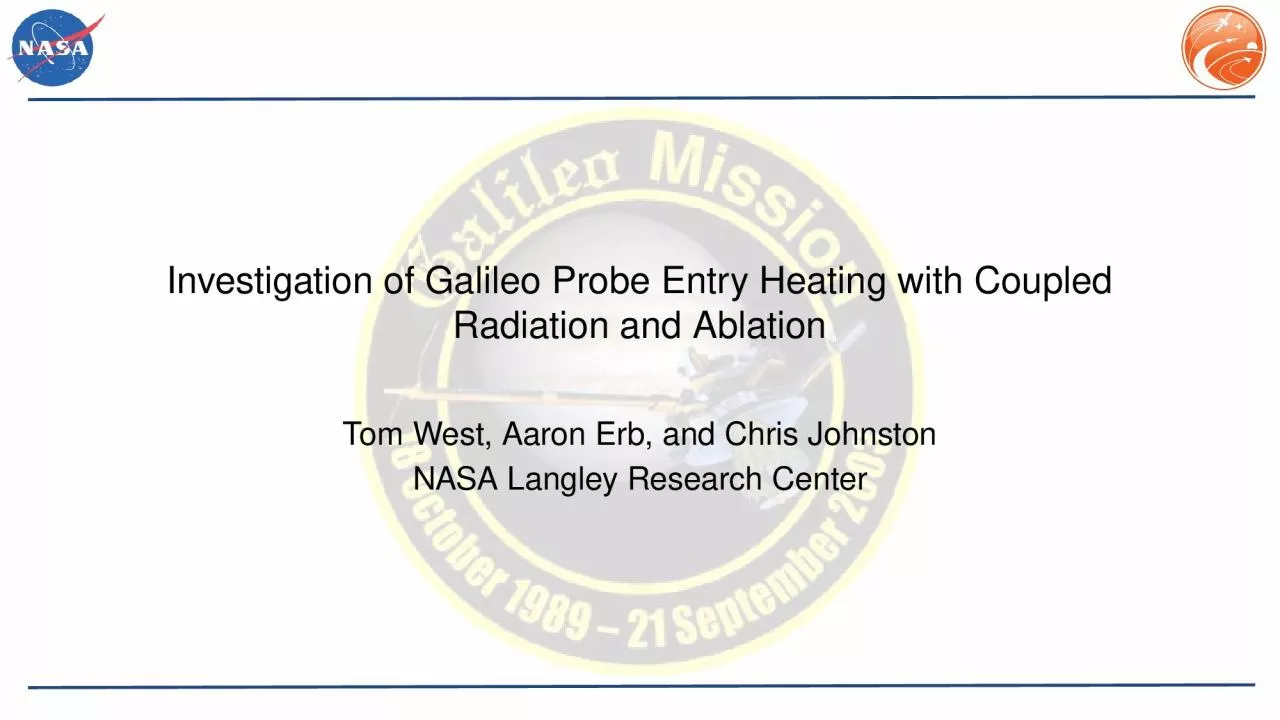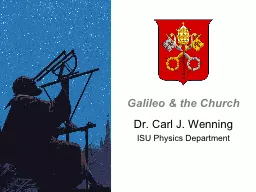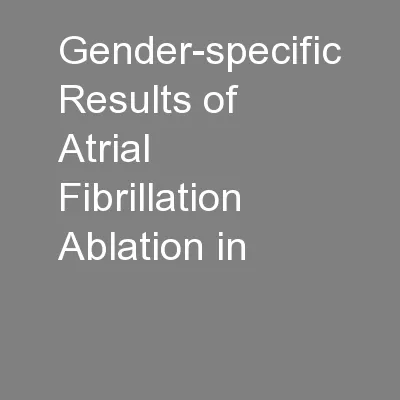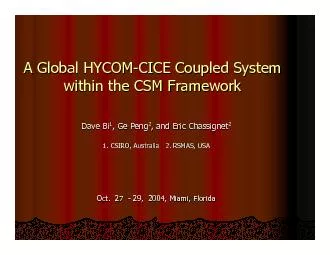PPT-Investigation of Galileo Probe Entry Heating with Coupled Radiation and Ablation
Author : jade | Published Date : 2024-03-13
Tom West Aaron Erb and Chris Johnston NASA Langley Research Center Galileo Probe Overview Jovian entry on 7 December 1995 traveling at 47 kms Spherecone with a 222
Presentation Embed Code
Download Presentation
Download Presentation The PPT/PDF document "Investigation of Galileo Probe Entry Hea..." is the property of its rightful owner. Permission is granted to download and print the materials on this website for personal, non-commercial use only, and to display it on your personal computer provided you do not modify the materials and that you retain all copyright notices contained in the materials. By downloading content from our website, you accept the terms of this agreement.
Investigation of Galileo Probe Entry Heating with Coupled Radiation and Ablation: Transcript
Download Rules Of Document
"Investigation of Galileo Probe Entry Heating with Coupled Radiation and Ablation"The content belongs to its owner. You may download and print it for personal use, without modification, and keep all copyright notices. By downloading, you agree to these terms.
Related Documents














